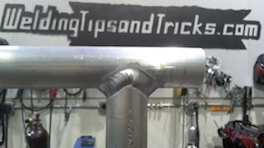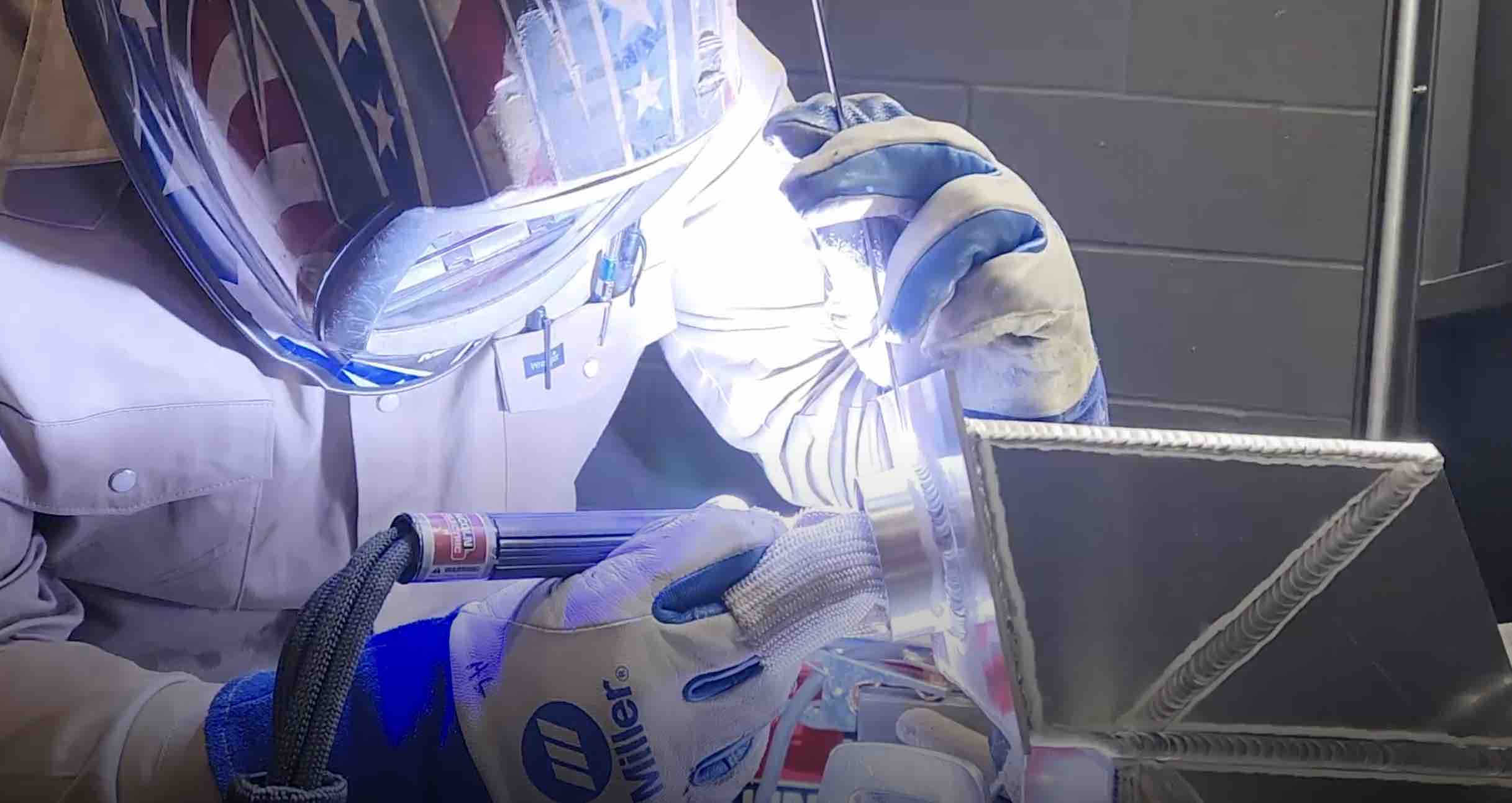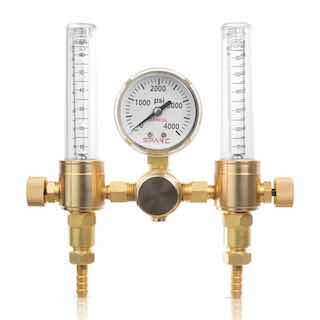Tig Welding Aluminum Tube & pulsing the pedal
This weeks video is on Tig welding aluminum tube.
...or more specifically, manual pulsing the foot pedal while tig welding thin wall aluminum tubing,
I was reading an interesting thread over at our forum at forum.weldingtipsandtricks.com
about coping tubing and welding anodized aluminum tubing....so I
thought it might be interesting to tag onto the topic with a video about
manual pulse welding some thin wall aluminum tubing.
Beat the Heat.
Like GSP says...
buy it...with your money.
I had a few pieces of 1" tubing with .065" wall thickness so I thought I would make some saddle cuts and then make the welds up overhead to make things more interesting.
Tig welding aluminum tubing like this is easier on the bench but whats the fun in doing that?
I set the machine to 120 amps figuring I might need that much heat at first while the tubing was cold... and then I would not use all 120 amps after things heated up. (In hindsight, it might have worked better to set the machine to 100 amps and just let that first ripple soak for about 5 seconds and then go full pedal on the pulses.)
Using the Miller dynasty 200dx, I set the ac balance to 67 and frequency to 77. (I have been experimenting with lower frequencies lately mainly because i find the high pitch sound of higher frequencies to be annoying and tiring.)
I still use higher frequencies like 200hz for tig welding aluminum when the application calls for it like when trying to keep the bead narrow, but for this joint, I didnt see the point.
Argon flow rate was set to about 15 cfh using a #7 gas lens style cup. 2% lanthanated electrode 3/32" (2.4mm) diameter, and 4043 filler metal in 3/32" (2.4mm) diameter also. 1/16" diameter filler would have worked also but I didnt seem to have any that was not oxidized badly so I just grabbed the bigger rod.
I can see some benefits to using this technique. Pulsing the pedal could definitely limit heat input a bit just as using the pulse feature on a tig welder...but the main benefit I saw in pulsing manually, is that on small diameter tubing, where you are always struggling to reposition the torch angle every 1 or 2 dips. By manually pulsing, you are not locked into a timed sequence of say..1 pulse per second.
So that is the main benefit I saw with pulsing with the foot pedal...You just pulse when you are ready and not when the machine is ready.
By the way,
I just chose a quick enexpensive way to cope tubing for this video.
there are lots of other ways that folks use for building airplanes, tube chasis race cars, roll bars, bicycles, etc. ranging from using a lather or Mill, tin snips, hole saw with jig, or shear type notcher.
check out more videos on tig welding aluminum here
I need more practice...
















